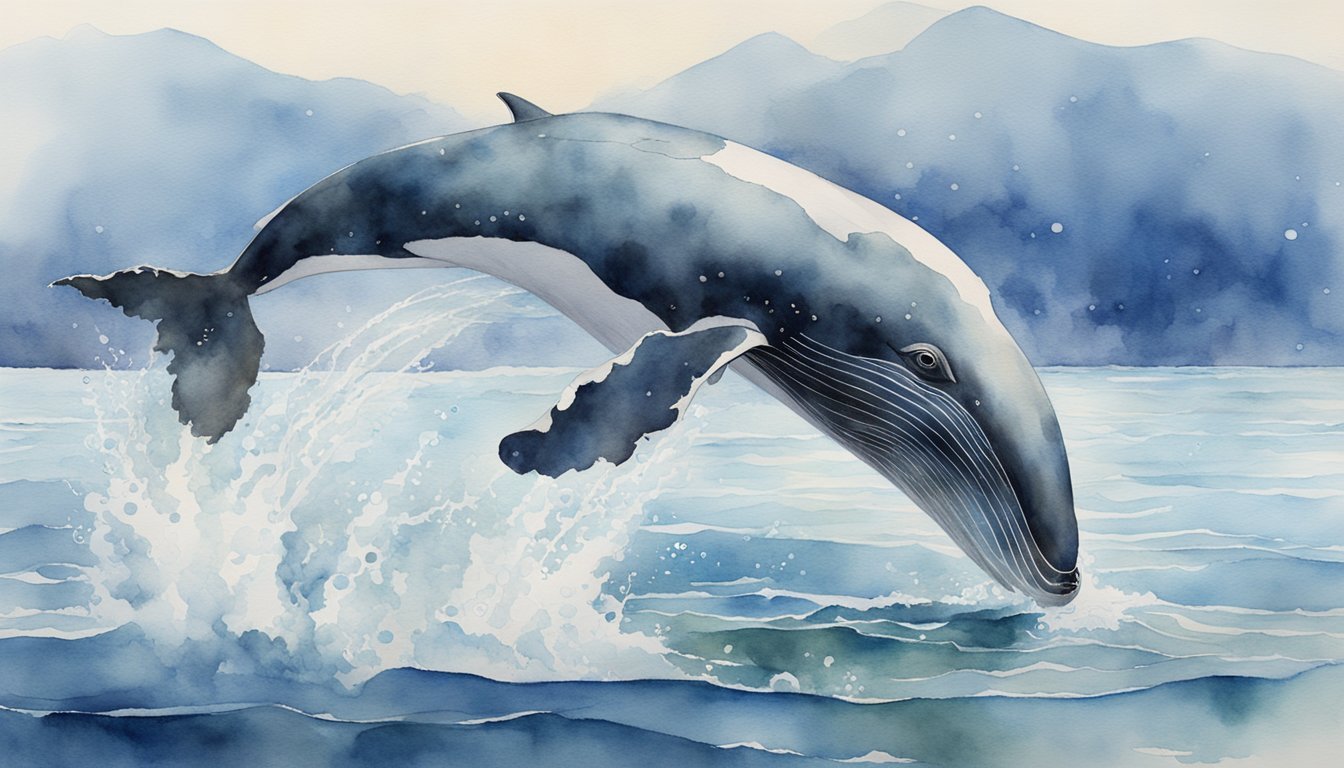Evolutionary Origins of Whales
Whales, the gentle giants of the marine world, trace their lineage back to ancient terrestrial ancestors before embarking on an evolutionary journey into the water.
Land-Dwelling Ancestors
The story of whale evolution begins over 50 million years ago with small, four-legged mammals on land. These early ancestors were part of a group known as artiodactyls, which includes hippos, deer, and giraffes. Among these, a subset known as Pakicetus displayed characteristics that paleontologists like Philip Gingerich consider early hallmarks of cetacean evolution. These creatures had long skulls and substantial teeth suitable for a terrestrial carnivore—a far cry from today’s filter-feeding giants. Indohyus, a small deer-like animal, is another terrestrial species considered closely related to the whale’s ancestors, shedding light on the complex web of evolution from land to sea.
Understanding Evolution provides insights into the relationship between these terrestrial ancestors and their whale descendants.
Transitional Species
As evolution sculpted the path from land to water, a number of transitional species emerged, providing valuable clues to paleontologists. Ambulocetus, nicknamed the “walking whale,” serves as a transitional form that began the shift toward aquatic life. It had a body capable of maneuvering in water yet still carried traits suitable for life on land. Throughout this period, known as radiation, various species evolved different adaptations enabling them to exploit marine environments. An analysis of the whale genome also confirms the changes that occurred as these mammals adapted to life in the ocean, including advancements in respiration, buoyancy, and hearing adapted for underwater use.
The significance of these transitional species is further illuminated by Smithsonian Magazine and Ars Technica, emphasizing the shift from land to water locomotion and the morphological transformations whales underwent through millions of years.
Anatomical and Behavioral Adaptations

Whales, as they adapted to life in the water, underwent significant changes in both anatomy and behavior to become the impressive swimmers they are today.
Physical Adaptations for Aquatic Life
Whales evolved from land-dwelling mammals, and their transition to an aquatic existence led to the development of a streamlined body to reduce drag while swimming. Their front limbs transformed into flippers, while the rear limbs receded, no longer useful for movement and instead contributing to their streamlined shape. The tail evolved into a powerful fluke, providing propulsion through the water. Their skin adapted to accommodate high-pressure environments during deep dives.
-
Nostrils and Breathing: Whales’ nostrils, adapted into a blowhole, are located on top of their heads, facilitating breathing when they surface without the need to tilt their heads.
-
Skeleton: The whale skeleton underwent changes to better support their massive bodies in water. This includes bones that are more flexible and, in some cases, reduced in number.
-
Blubber: To maintain body temperature in the cold aquatic environment, whales developed a thick layer of blubber, serving as insulation.
Diet and Feeding Mechanisms
The diets of whales are as varied as the species themselves. Baleen whales have evolved to become filter feeders, using their baleen plates to strain tiny prey from the water. In contrast, toothed whales possess teeth for capturing larger prey like fish or squid.
-
Baleen Plates: These are made of keratin, the same material as human hair and fingernails, and hang from the whale’s upper jaw, allowing them to sieve food from the water.
-
Teeth and Hunting: Species with teeth exhibit various hunting strategies; dolphins, for example, are known for their social hunting techniques, using coordinated movements to herd fish.
In adapting to their aquatic environments, whales have undergone remarkable anatomical and behavioral transformations that are preserved in their fossil record and evident in their genomes, showing a clear pathway from land to sea.

